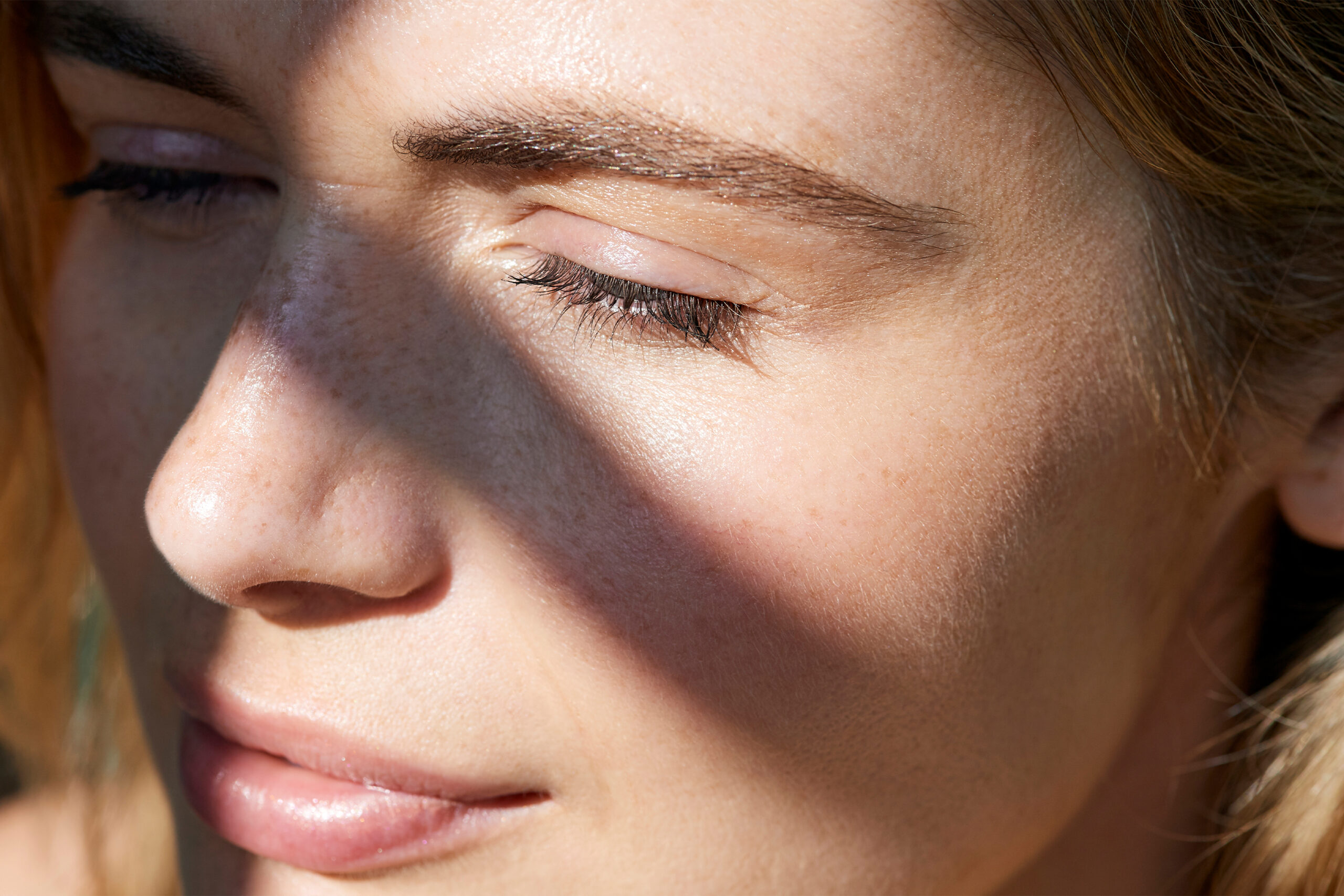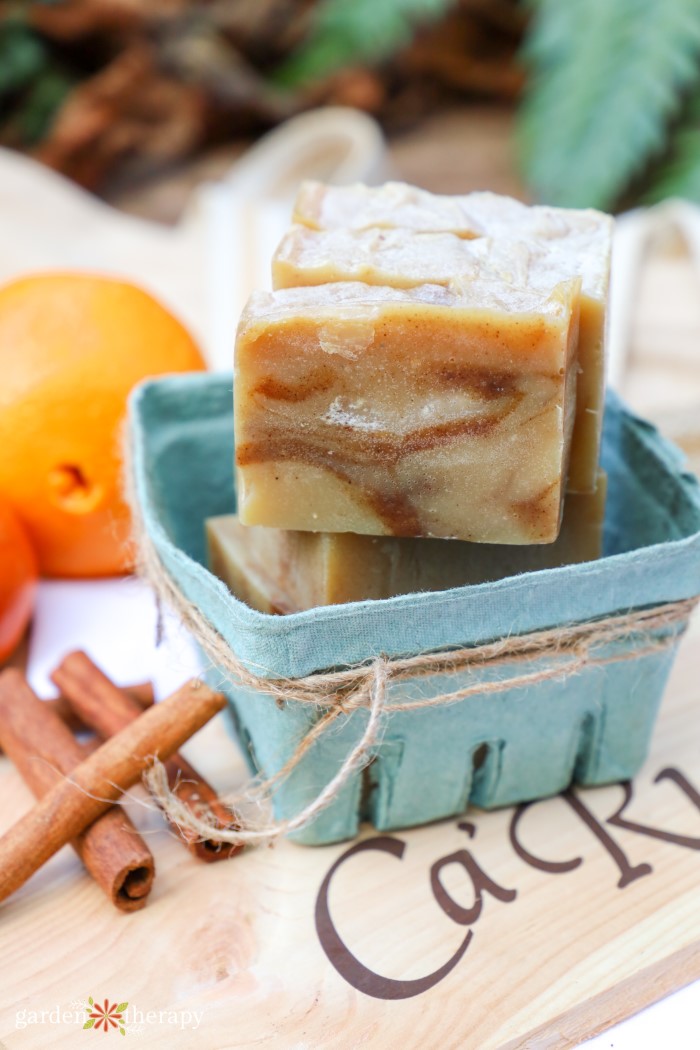Glycolic acid is well known for its exfoliating properties. Like many alpha hydroxy acids (AHAs), it unclogs pores, sloughs off dead cells and resurfaces the skin. But there’s something special about it that sets it apart from a sea of other acids, making it perfect for dry skin. If your skin feels dry and tight, the last thing you want to do is strip it further. Glycolic acid is one of the mildest AHAs, so it can exfoliate without causing serious side effects. Additionally, it helps support hydration, and when used in moderation and combined with barrier-supporting ingredients, can help restore a healthy glow without stripping the skin,” says Dr. Callie Papantoniou, a dermatologist in Melville, New York.
featured experts
dehydrated and dry skin
If you’ve confused the terms dehydrated and dry skin, you’re not alone. Although they sound similar, they are not interchangeable. “Dry skin is a skin type in which your skin produces less natural oil, often leaving it rough and flaky. Dehydrated skin, on the other hand, is a temporary condition where your skin lacks water rather than oil,” says Dr. Papantoniou.
Dehydration is a symptom, so it can happen to any skin type. “Even people with oily skin can experience dehydration due to changes in the weather or damage to the skin barrier,” says Dr. Papantoniou. “These are just two factors that can lead to water loss. As esthetician Samantha Saska explains, dehydration typically occurs in the outermost layer of the skin where water evaporates. “While it may feel similar to dryness, combating dryness is different.” Esthetician Brenna Larocque adds that dehydrated skin can accentuate fine lines and look dull and tight.
Benefits of glycolic acid for dehydrated skin
“Glycolic acid is an AHA that gently exfoliates the skin’s surface by dissolving the bonds that hold dead cells together,” says Dr. Papantoniou. It evens out skin texture, unclogs pores, and tones skin. “Unlike other AHAs, glycolic acid has the smallest molecular size, so it can penetrate deep into the skin to stimulate collagen production, reducing age spots and brightening the skin. It’s also a humectant that attracts and binds water to the skin,” says Larocque.
It is especially effective for dehydrated skin. According to Saska, glycolic acid helps moisturizing products reach deeper layers of the skin, making them more effective. The gentle exfoliating and moisturizing properties are perfect for restoring hydration without further exfoliating the skin. Even better? Dermatologist Valerie Callender, M.D., of Glendale, M.D., adds that glycolic acid also helps remove scaling associated with dryness, creating a smoother surface and brightening skin.
How to use glycolic acid
Glycolic acid is mild and effective, but still an active ingredient. That being said, it’s best to start incorporating it into your routine slowly and increase as your tolerance builds. Fortunately, there are several options to make this easier. “Glycolic acid is most commonly found in cleansers and topical products such as lotions, creams, serums, and exfoliating pads,” says Dr. Callender. It can also be used as a peeling agent for chemical peels in the office.
Once you choose a glycolic acid product to add to your routine, Saska recommends using it at night and up to three to five times a week. “After cleansing, apply the glycolic acid solution evenly to dry skin, followed by a moisturizing essence and your regular skin care routine at night,” she says. Be sure to apply SPF in the morning before going out. “Glycolic acid makes the skin more susceptible to sun damage, and sunscreen is the cheapest and most effective way to prevent sun damage,” says Larocque. As a precaution, she recommends evaluating every item in your skin care routine before trying glycolic acid. “Many people use exfoliating acids without realizing that layering multiple acids at once can cause over-exfoliation,” she says.
Glycolic acid products you want to try
1 / 4
Despite the blend of AHA and BHA, these peel pads are gentle on the skin. “It’s formulated with a triple acid complex (lactic, glycolic, and salicylic acids) and retinoids to improve skin texture, fine lines, and wrinkles over time. Your skin may even feel like butter the next day,” says Larocque.
2 / 4
This exfoliating peel is perfect for fighting deep signs of aging. This powerful formula contains 5 AHAs, including glycolic and malic acids. Together they blow away dead skin cells and give your skin a healthy, radiant glow. Leave it on your skin for 15 minutes and then wipe it off with a damp cloth. Then use a moisturizing serum or essence.
3 / 4
Glycolic acid pads are a convenient way to get results with little effort. One swipe removes surface debris and dead cells without stripping the skin. “The gentle exfoliation provided by glycolic acid also triggers collagen production in the deeper layers of the skin,” says Saska.
4 / 4
If you’re looking for an affordable yet effective option, try this exfoliating toner from The Ordinary. It is gentle on the skin and provides a subtle glow and smooth texture.





